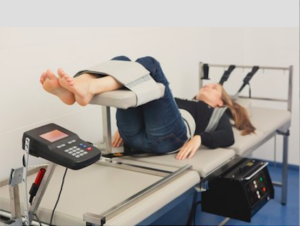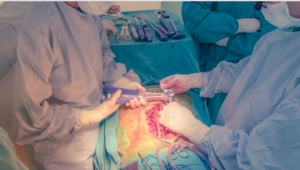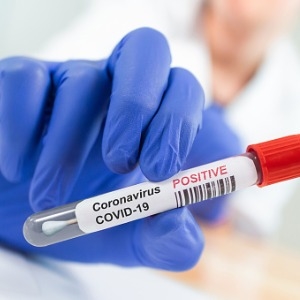Spinal Decompression Surgery
Spinal decompression surgery is done or can be suggested by your physician or concerned doctor if they notice: bulging or collapsed discs, enlarged joints, loosened ligaments, and bony growths can cause discomfort by narrowing the spinal canal and spinal nerve apertures (foramen).
Symptoms of spinal nerve compression include:
- Pain
- Numbness
- Tingling
- Weakness
- Unsteadiness
In extreme cases, pressure on the spinal nerves can cause paralysis and problems with the bladder & bowel functions. Thus, the following are common techniques for decompression: A corpectomy, a discectomy, a laminotomy, a foraminotomy & osteophyte removal.

What is a Discectomy?
This involves removing a portion of a disk to relieve pressure on the nearby nerve roots.
What is Laminotomy & Laminectomy?
These procedures involve removing a small part of the bony arches of the spinal canal, called the lamina. During a laminotomy, just a section of the lamina is removed. During a laminectomy, the entire lamina is removed. Removing the lamina increases the size of the spinal canal, relieving pressure.
What is Foraminotomy?
It is a procedure that is performed to expand the openings for the nerve roots to exit the spinal cord by removing some bone and other tissue. This method is used when disc degeneration has caused the height of the foramen to collapse and pinch a nerve.
What is Osteophyte removal?
This involves removing bony growths called osteophytes or bone spurs.
What is Corpectomy?
This is surgery to remove the body of a vertebra, as well as the disks. A combination of techniques may be used; and in some cases, a fusion of the vertebrae also is needed to stabilise the spine.

The recovery process has looked good for most patients who’ve undergone spinal decompression surgery. The surgery has been successful in relieving pain in 80% to 90% of patients. However, since the surgery does not correct the underlying degeneration of the vertebrae caused due to wear and tear of ageing, a return of symptoms is possible.
Post-surgery, you will have to stay in the hospital for 4- 5 days, for monitoring purposes, depending on the nature of the operation. You will also be given medication for the pain you may feel after surgery. Rehabilitation may be time-consuming and will almost certainly entail a physical therapy program.
Who decides if I need spinal decompression surgery?
Decompression surgery for spinal stenosis is elective, except in the rare instance of cauda equina syndrome or rapidly progressing neurologic deficits. Your doctor may recommend treatment options, but only you can decide whether surgery is right for you. Be sure to look at all the risks and benefits before making a decision.
How do I know if I need spinal decompression surgery?
You may be a candidate for decompression if you have:
- Significant pain, weakness, or numbness in your leg or foot
- Leg pain worse than back pain
- No improvement with physical therapy or medication
- Difficulty walking or standing that affects your quality of life
- Diagnostic tests (MRI, CT, myelogram) that show stenosis in the central canal or lateral recess.
Who performs the procedure?
A neurosurgeon or an orthopaedic surgeon can perform spine surgery. Many spine surgeons have specialised training in complex spine surgery. Ask your surgeon about their training, especially if your case is complex or you’ve had more than one spinal surgery.

What will you need to do before the surgery?
You will sign consent documents and complete out documentation in the office so that the surgeon is aware of your medical history. Several days before surgery, pre-surgical testing must be performed. Consult your primary care physician about discontinuing certain medicines and ensuring you are surgically cleared. 7 days before surgery, discontinue all non-steroidal anti-inflammatory medications. To avoid bleeding and healing issues, stop using nicotine and drinking alcohol one week before and two weeks after surgery.
Before surgery, you may be requested to cleanse your skin with Hibiclens (CHG) or Dial soap. The night before surgery, no food or drink is permitted after midnight. Patients are admitted to the hospital on the day of the procedure.
Lastly,
No surgery is without risks. General complications of any surgery include bleeding, infection, blood clots, and reactions to aenesthesia. If spinal fusion is done at the same time as a laminectomy, there is a greater risk of complications.
The following are risks that should be considered:
- Infection
- Bleeding
- Blood clots
- Nerve or tissue damage
- Allergic reaction to aenesthesia
Sources & Citations: (Spinal decompression: laminectomy & foraminotomy, n.d.) , (Spinal decompression surgery, n.d.)
Get in touch with the world’s best doctors for a spinal decompression surgery or contact us for a consultation.
















Nice! thank you so much! Thank you for sharing. Your blog posts are more interesting and informative. hemilaminectomy